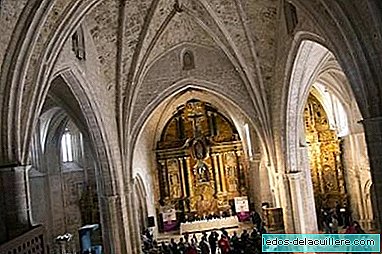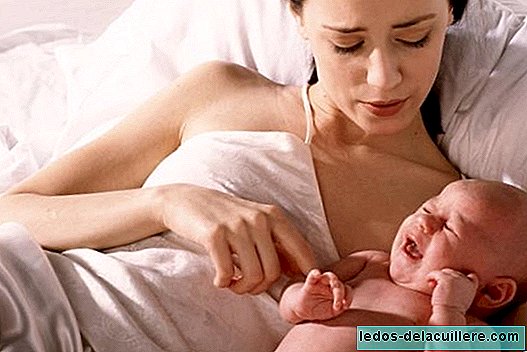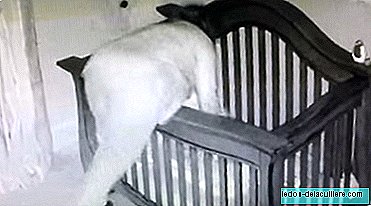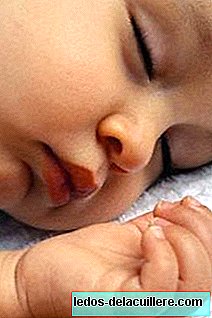
The delegate of the Board in Burgos, Baudilio Fernández Mardomingo, highlighted the good results of visitors who are registering in Eucharistia, with more than 46,000 visits in seven weeks at a rate of 6,000 or 7,000 visitors per week. Eucharistia is the 19th edition of The Ages of Man and in whose promotion more than 700,000 euros have been invested. Eucharistia can be seen in Aranda de Duero from May until November 10, 2014. Gonzalo Jiménez is the general secretary of the Las Edades del Hombre Foundation and explains that this exhibition presents "God's love for man and human beauty through beautiful works of art. " Since I was a student, at the beginning of the 90s, this exhibition has been celebrated by many Spanish cities and I've never seen her, the closest I was was Monday and the Cathedral of Avila was closed, still I don't lose hope.
The two main temples of Aranda de Duero are Santa Maria la Real Y Saint John Baptist that have been conditioned to present the four chapters of a sample that, as the main distinguishing feature with respect to its predecessors is the one that most identifies with the Duero and with the importance of bread and wine in its surroundings. The exhibition is a great monographic study on the Eucharist, on its background, its consequences and its presence today. The exhibition also offers the Children's Guide of the Exhibition, for children between 7 and 11 years, it is a notebook where several images have been selected that the children begin to burst. There is also a Children's guide of the Exhibition destined to kids between 7 and 11 years old. It is a visiting notebook from which several works of the exhibition have been selected that are explained under the gaze of a child, it is a notebook in which they can draw, paint and write down the experiences they have lived

The Ages of man It is structured in four chapters, the first three focus on Santa Maria and the fourth in San Juan. Eucharistia begins with Panis Quotidianus, which is accessed from the spectacular south altarpiece facade of the temple, the work of Simón de Colonia, and which starts with a montage centered on its restored baptismal font. It emphasizes the human base of the Eucharist, the day-to-day elements on which the sacrament is based, such as bread, wine and the festive character of the agapes.
In the Ages of Man, a careful selection of artists and works which make it worthwhile to approach the town of Burgos and carefully explore the exhibition itineraries. The Spanish Castilian figure reflected by the brushes of the riverside José Vela Zanetti, an adolescent drawing by Antonio López or an aluminum relief by the sculptor Víctor Ochoa are interspersed with works by Gil and Diego de Siloé, from the surroundings of Felipe Vigarny or Bartolomé Esteban Murillo . There are also anonymous reliefs that represent the Last Supper, tapestries whose elaboration is inspired by the Flemish masters, paintings by Joaquín Sorolla, Javier Ciga or Francisco de Colonia. And contemporary authors such as Eduardo Palacios, on whose drawing the poster has been based (in the image), which fosters religious artistic creation. More than 40% of the works on display have undergone different degrees of recovery to look their best.
I would love to stop by Aranda de Duero and review this exhibition and this important heritage that is part of the History of Spain.












